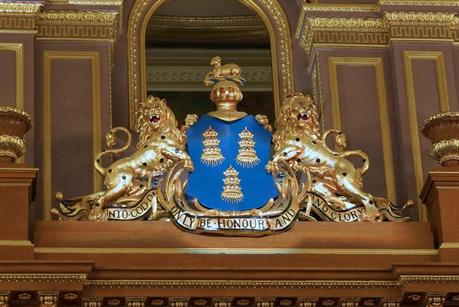
As the cloth and drapery trade moved away from the City of London, the Company's role became less important. However, its wealth and the charitable trusts it administered meant that it continues to have a purpose, and the means to carry it out. It continues to administer its own trusts and support other charities, and the hall has remained an important center for its work. Thus when the hall was destroyed by the Great Fire of London in 1666, and again by a fire in 1772, it was rebuilt each time. There were further alterations in the late nineteenth century, creating the building we have today.

Each public room in the Hall is elaborately decorated. Rich materials and decorations, marble and wood panelling, painted ceilings and elaborate chandeliers abound. Decorators included famous companies such as Crace & Son and Morris & Co.

The Court Dining Room's ceiling features Jason and the Golden Fleece, a symbol of prosperity.
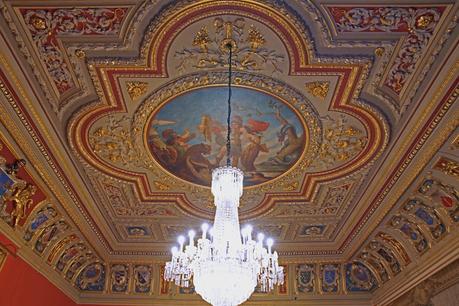
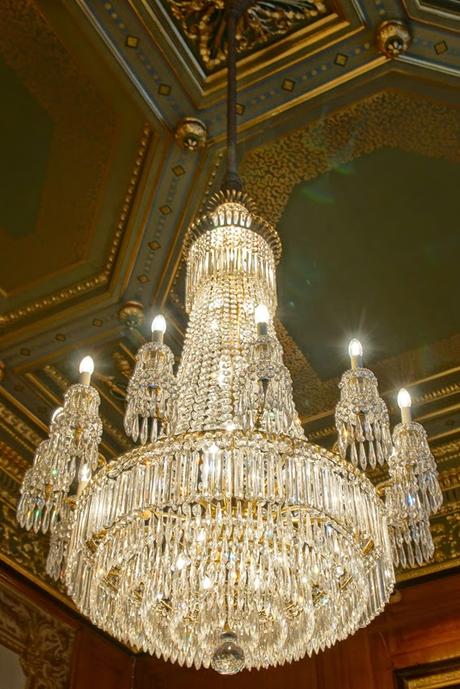
The Court Room's chandeliers are among the oldest in the building, dating from 1797. Meanwhie, the oak-panelled Corridor of 1899 has the newest chandelier - created from spare drops found in storage. It's a particularly glamorous piece of recycling!
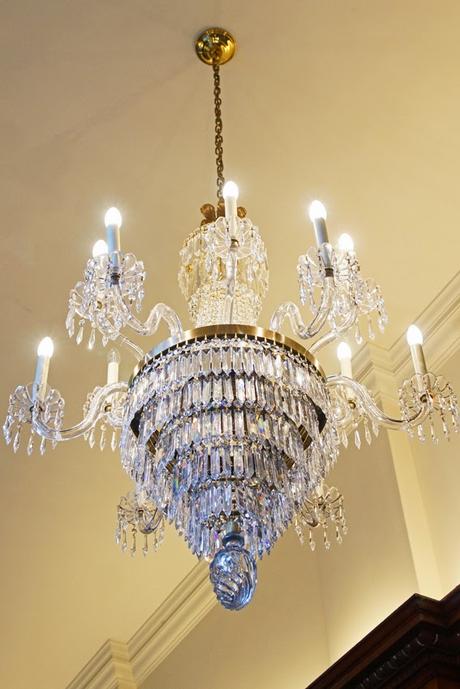
The Corridor's walls are hung with royal charters and grants of arms, the oldest of which dates back to the reign of Edward III.
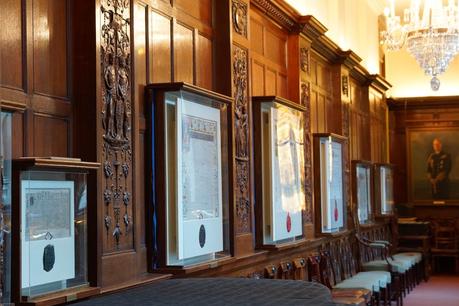
Perhaps the grandest room in the Hall is the Livery Hall itself, a huge room with galleries and a curving end wall.

I visited with London Historians; the City livery companies are the central theme for this year's events including a forthcoming talk at the Information Technologists' Hall. Our guide was the incredibly knowledgeable company archivist, who shared a wealth of information and insight into the history of the company, the building, and its decorations and artworks.More photographs available on Flickr.

